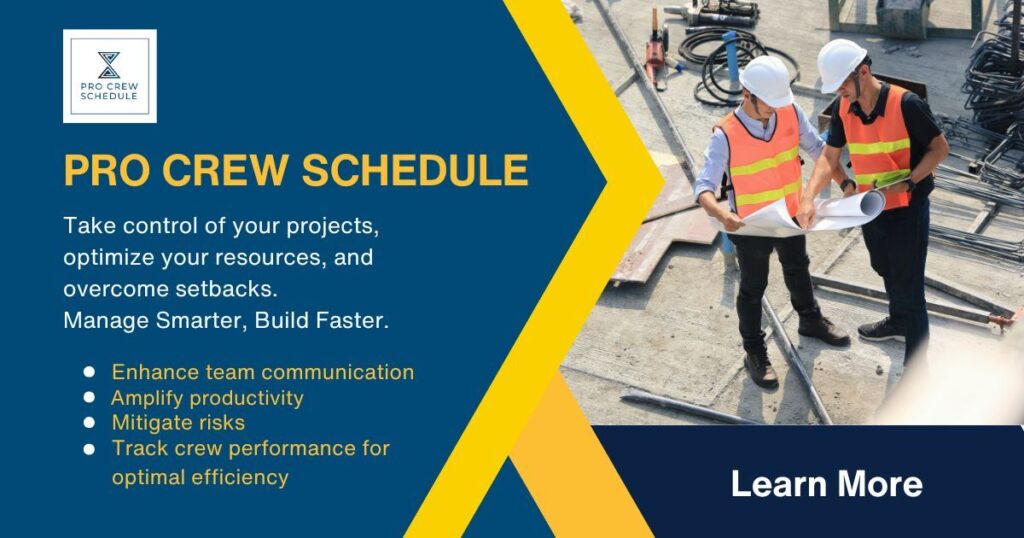Managing projects is like conducting an orchestra—you’ve got different players, multiple moving parts, and one shared goal: making everything work together in harmony. But keeping track of it all can be overwhelming. That’s where a project management portfolio steps in.
A well-structured project management portfolio is more than just a collection of updates. It’s your project’s story told in a way that informs, engages, and drives decisions. It translates raw project data into insights that reveal where things stand, how resources are being utilized, and what challenges may lie ahead. In other words, it’s not just a status tool—it’s a strategic asset.
In this guide, we’ll cover what a project management portfolio is, why it matters, what it should include, and how to create one that’s as useful as it is easy to read. We’ll also explore best practices, helpful tools, and strategies to ensure your portfolio functions as a powerful decision-making tool.
What Is a Project Management Portfolio?
A project management portfolio is a structured collection that presents a snapshot of the current states of multiple projects. It consolidates information such as timelines, progress, budget usage, resource allocation, and risk assessment, presenting all of this in a format that is easy for decision-makers to understand. Its core aim is to answer three simple but critical questions: Where are we now? Are we on track? And what needs attention?
By providing these answers, a project management portfolio keeps everyone—from executives and sponsors to team members and clients—on the same page. It is a living document that reflects the reality of the portfolio at a given point in time, offering both reassurance when things are going well and a warning system when they are not. In this way, it serves as the backbone of effective project oversight.
Why Is It Important to Make a Project Management Portfolio?
Keeping Strategy and Execution Connected
Without a clear oversight process, even well-planned projects can lose direction. A project management portfolio ensures that strategy and execution remain closely connected. Every project should serve a greater purpose, whether that is generating revenue, improving operations, enhancing customer satisfaction, or developing new capabilities. The portfolio makes these connections explicit, showing how day-to-day activities across multiple projects contribute to long-term objectives.
Smarter Resource Allocation
It also plays a vital role in the intelligent allocation of resources. Not all projects deliver the same return on investment, and without a comprehensive view, organizations may over-invest in low-value work. A clear and concise portfolio identifies which initiatives deserve more time, funding, and staffing, and which may need to be scaled back or redirected. This enables leaders to make informed decisions that protect both the budget and the organization’s strategic focus. This is especially valuable in industries like construction, where construction crew management software can help track labor allocation directly within the portfolio.
Building Trust and Accountability
Transparency is another key benefit. When a project management portfolio is shared consistently, it increases accountability at every level. Problems are less likely to be hidden, successes are easier to celebrate, and trust between teams, stakeholders, and leadership grows. Because the portfolio highlights risks early, it also supports proactive risk management. Leaders can spot potential budget overruns, schedule delays, or resource bottlenecks before they escalate, allowing them to intervene while there is still time to correct the course.
Unified Communication Tool
Perhaps most importantly, the portfolio serves as a unifying communication tool. Instead of receiving fragmented updates from different projects in various formats, stakeholders can refer to a single authoritative collection of information. This central source of truth reduces misunderstandings, keeps discussions focused, and ensures that everyone is working toward the same priorities.
What Should Be Included in a Project Management Portfolio?
Goals and Objectives
A project management portfolio should begin by clearly restating the goals and objectives of the projects it contains. Goals are the high-level, long-term achievements that the organization seeks, such as capturing a larger market share or increasing operational efficiency. Objectives are the specific, measurable actions taken to achieve those goals, such as launching a new product within a set timeframe or reducing costs by a fixed percentage. Including these in the portfolio provides context for the rest of the information, ensuring everyone understands the “why” behind the work.
Strategic Alignment
Closely linked to this is the concept of strategic alignment. This section of the portfolio illustrates how each project aligns with the organization’s broader strategies and priorities. It demonstrates why each initiative matters in the broader context and helps validate the investment of time, money, and personnel. When strategic alignment is made explicit, it becomes easier to justify decisions and maintain focus, even in the face of unexpected challenges.
Financial Overview
The financial overview is another critical section. Numbers tell a story of their own, and understanding whether the portfolio is staying within budget is a fundamental measure of its health. The financial overview compares approved budgets to actual spending, highlights any variances, and provides forecasts for completion costs. In construction settings, tools like construction inventory management software can integrate with financial tracking to keep materials spending under control while ensuring the right supplies are available when needed.
Benefits Realization
Next, a thorough project management portfolio should cover benefits realization. This process involves assessing whether the projects are delivering the intended value, both tangible and intangible. Tangible benefits might include increased revenue or reduced operating expenses, while intangible benefits could involve higher customer satisfaction or improved internal processes. Tracking benefits over time ensures that the portfolio remains justifiable and that lessons are learned for future initiatives.
Resource Utilization
No portfolio operates without resources, and it should give a clear picture of how those resources are being used. This includes outlining current staffing levels, identifying any areas of overwork or underutilization, and forecasting future capacity needs. Balanced workloads maintain high productivity and reduce the risk of burnout, while effective resource planning ensures that priority initiatives can be delivered on time. This can be supported by crew planning software, which helps ensure teams are deployed efficiently and work is completed on time.
Progress Updates
Progress updates form the heart of many project management portfolios. This section outlines recent achievements, ongoing work, and upcoming milestones for the various projects it encompasses. It should convey whether timelines are being met and if any deadlines are at risk. This enables stakeholders to quickly assess the portfolio’s overall trajectory and determine whether additional support or adjustments are needed.
Project Status
A more detailed project status section should build on the progress update by providing a health check. This could involve assessing whether the projects are on track, at risk, or off track in terms of scope, budget, and schedule. It should also identify major risks, issues, or blockers, along with any significant changes that have occurred since the last update. Many portfolio managers use a simple traffic light system—green, yellow, red—to communicate status at a glance.
Interdependencies
Where projects overlap or depend on one another, documenting interdependencies is crucial. This helps avoid conflicts in scheduling, prevents duplication of effort, and ensures that delays in one area do not create bottlenecks in other areas. A related tool is the RAID log, which consolidates high-impact risks, assumptions, issues, and dependencies into a single view. This makes it easier to manage potential threats proactively and to coordinate effectively across different teams.
Best Practices for Managing a Project Management Portfolio
Focus on What Matters Most
An effective project management portfolio is focused, clear, and actionable. While it can be tempting to include every available detail, this often results in a document that is difficult to read and less useful. The best portfolios distill large amounts of information into the most relevant points, guiding readers toward the insights that matter most.
Keep Updates Regular and Consistent
Regular updates are key to keeping everyone aligned. The ideal frequency depends on the size and complexity of the portfolio; some may require weekly oversight, while others might function well with monthly reviews. Regardless of frequency, consistency builds trust and ensures that no critical developments are overlooked.
Make It Action-Oriented
Perhaps the most overlooked aspect of a good portfolio is its ability to drive action. Simply presenting data is not enough. A strong portfolio offers context, explains trends, and recommends next steps. If a project is running over budget, the portfolio should suggest specific measures to control costs. If timelines are slipping, it should outline realistic recovery plans.
Key Takeaway
Modern project management tools can significantly improve the quality and efficiency of portfolio management.
Construction crew management software tools, such as Pro Crew Schedule, also offer advanced resource management capabilities, making it easier to track workloads, forecast availability, and balance assignments. The combination of centralized data, real-time updates, and flexible reporting options allows portfolio managers to create collections of information that are both accurate and insightful. This reduces the administrative burden while giving leaders the information they need to make timely, well-informed decisions.







